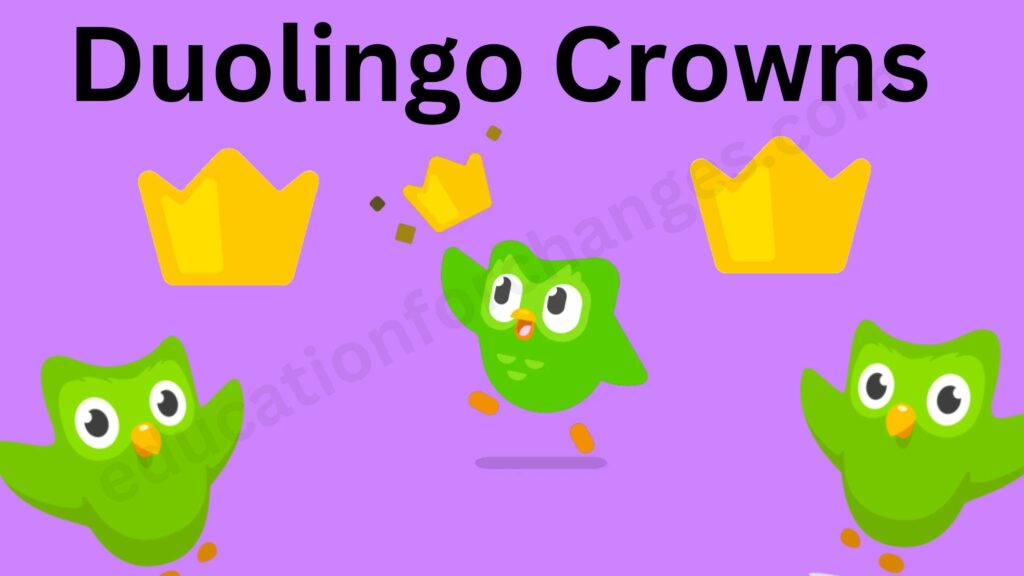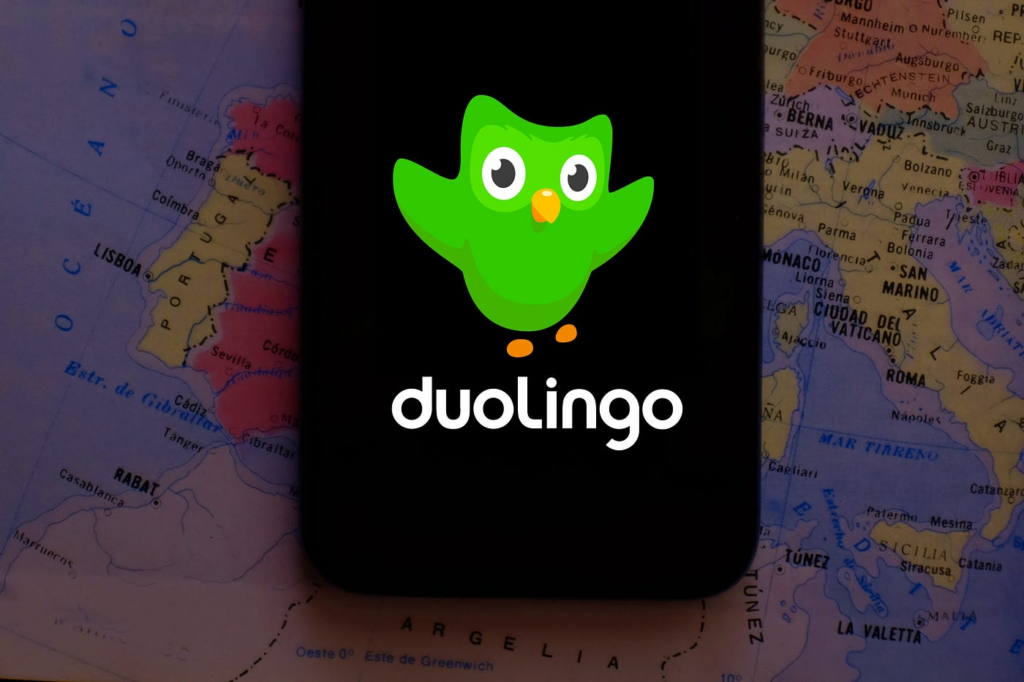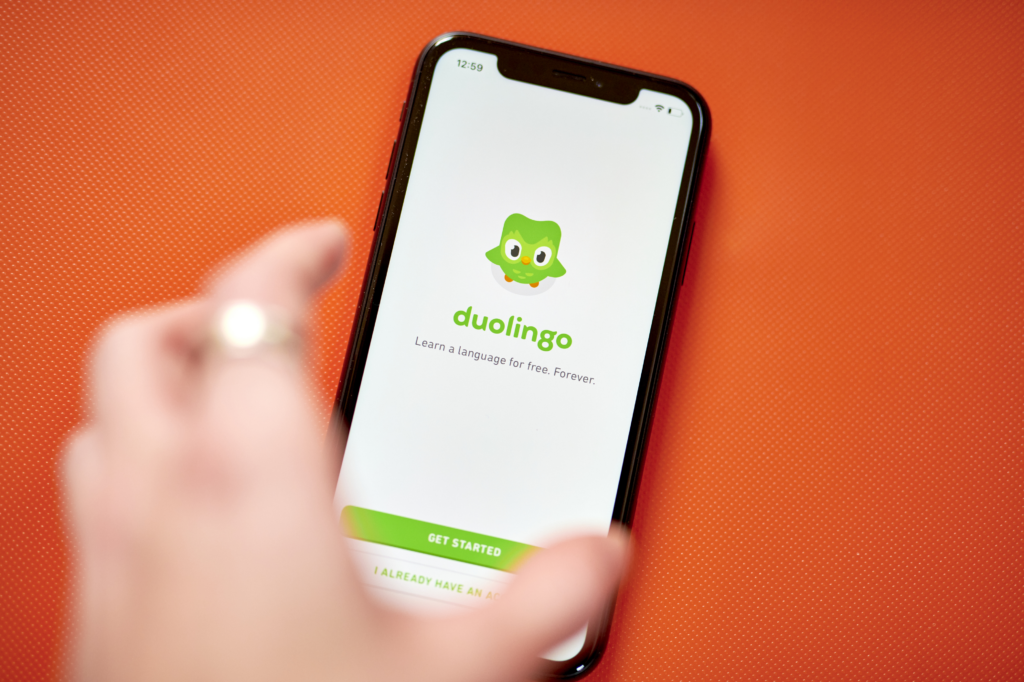All Duolingo Crowns Explained: Why Do They Matter? (& How to Get Them?)
Who does not want to be rewarded for their hard work? Of course, Everyone. Duolingo is a platform that makes sure you are rewarded for your hard work. Duolingo crowns are one such reward that I looked forward to. I was at the top of my world when I earned my first crown. It is because they are given to the users who have completed a particular skill.
Duolingo crowns are not just rewards but a feeling of achievement. Yes, they are an interesting feature but not everyone knows about them. Thus, here I am to give you insights related to Duolingo crowns and why they matter.

What are Duolingo Crowns?
The official statement by Duolingo states that:
“Crowns are a feature that we believe lets us teach better. Each skill you do has a ‘Crown Level’ associated with it. When you level up a skill, you earn a Crown, and the types of exercises you see will get harder.”
As the statement says, crowns are like the rewards. You will get them when you complete the level in a particular skill. However, how many lessons you will need to complete to earn it depends upon the course you have taken. There are 5 crowns for each skill. When I received my first one, I noticed the lessons for that skill were pretty hard.
Update: With the current learning path, they were removed. Below is the official statement of Duolingo for removing them-
One level (each circle in the path) is equivalent to 1 crown level of a skill on the old home screen. All of your progress was transferred to the new version, but now instead of crowns to track your progress, you can see how you’re progressing down the path.
Why do these Duolingo crowns matter?
These crowns are the way to measure how far you have reached on Duolingo. When I received my first crown, I was really happy. It gives me the feeling of being successful in the first step of learning the language. You may use it as a way of earning the golden Duolingo owl. But rather than that there is not much to get from them. Crowns are just another measure of progress in Duolingo.

What are the other measures of progress?
Crowns are not just a measure of Progress. Two other measures of progress are commonly used on Duolingo-
1. XP Score
Your XP score will help you to know how much you are doing in the course. Whatever you do, you will be gaining some XP points. These XP points help you to maintain your position in the Duolingo leagues. However, the question over here is, is it really the right measure of progress? Undoubtedly, not. Why? It is because you can get it for any of the tasks you perform. Even if you are repeating previous lessons it will help you earn some XP. But repeating lessons is not progress. Thus, I never ever looked at my XP score.
2. Streak score
The other measure is the streak score that you maintain on Duolingo. When you are active on Duolingo and perform a task it will help you to increase your streak score. Even if we are not completing lessons we can keep the daily goal of earning an XP score. When you are able to achieve it you will, be getting a new streak. Thus, again it is no fun to make it as a major of progress.
How do you earn Duolingo crowns?
To earn the Duolingo crown, you need to complete a specific number of lessons in particular skills and get a level up in difficulty for a lesson. When you click the particular skill you will see, how many levels there are and how many crowns you can earn.

In my Spanish course, I see Level ½ for a particular level. It means that there were only two crowns at that level. However, if you see Lessons ¼, it means you will have to complete 4 lessons for a single crown. So how many crowns you will earn will depend on the skill and the language you have taken. There is no specific way to earn these crowns faster.
However, one such hack that I always used, was the way by clicking on all the skills and seeing which skill requires the least number of lessons to get them. Then I tried completing that skill first.
How many crowns does your course have?
The number of crowns your course will have will vary with the subject, so there is no fixed number for it. If you still want to look at the number of crowns for your course, all you have to do is first take the course and then go on to the Duome website. Duome is an unofficial website but will help you to know how many crowns you have. Whenever I am unsure about my progress, I always try using Duome.
It also helped me to check who has the highest streak score and where I stand. To check how many crowns you have received till now, all you have to include is your name after the website on the browser just like this-

It will provide all the information on your profile so far. However, below I have mentioned the number of skills and total crowns for each of the languages-
| Name of the Language | Number of Skills | Number of Total Crowns |
| Spanish | 178 | 890 |
| Japanese | 131 | 655 |
| Italian | 66 | 330 |
| German | 121 | 605 |
| French | 172 | 860 |
Will regular practice increase the number of crowns?
No, practicing, again and again, will never increase the number of crowns for you. While learning Spanish, I believed that practicing more would result in earning more crowns. However, it was not true. I have to complete all my new lessons to get them. When I received all five crowns for each skill, the skill turned golden in color. What was unexpected was that after some time, my gold skill started breaking down. I was not sure what to do. So, I started searching and discovered I had to restore it.
How to restore a skill on Duolingo?
To restore a skill on Duolingo, just click on the skill and then click on the practice option. Start practicing the skill. You will also earn 10 XP for it and your skill will be back to gold. Unfortunately, it will again break after some time and you will have to practice it again to restore it.

How can you use this crown to motivate yourself to complete the course?
As we already discussed you will receive the crown once you complete a skill. There are 5 crowns in each of the skills. Obviously, it is not always easy to earn all of them together. Here is a strategy that I followed to stay motivated-
Step 1: Earn 1 crown for each skill
As each skill has a different set of crowns, it was challenging to match the difficulty level. I thought of another approach and started taking a single crown in each skill. Earning a single crown in each skill means completing the single level. When I got 1st crown in each skill, it turned out to be golden in color.
Step 2: Earn 5 crowns in each skill
After earning 1 crown in each skill, I started looking for other crowns. Now I started focusing on a particular skill to unlock new crowns. As I was not stressed about all of them it gave me confidence and motivation to complete the full course. I was easily able to get all of them and complete my course.

Conclusion
The reason I love Duolingo is that it always gives me rewards for completing a lesson. One such reward is Duolingo crowns. Duolingo crowns are a feature that has always motivated me in my language-learning journey. They are rewarded once a user has completely learned a skill. Thus, when I received my first crown, I was on top of the world. There are five crowns in each skill. It might be difficult to earn them, but with regular hard work, you can easily achieve them. I really believe that they are the best measure of progress.
FAQs
Is it better to get all the crowns in Duolingo?
Although crowns are not of much use, you must still try getting all the crowns as they help to know where you are in Duolingo.
How many crowns on Duolingo are good?
The maximum number of crowns that you can earn from a single skill is 5. However, the total number of crowns that you get from the course will vary. Thus the right number will depend upon the course you have taken.
Can you lose the crowns once you have earned them?
However, once you earn a crown that turns golden color, you will see that it will start breaking up. At this time you will need to restore it by more practicing. However, this does not mean that you will lose the crown you have already earned.


